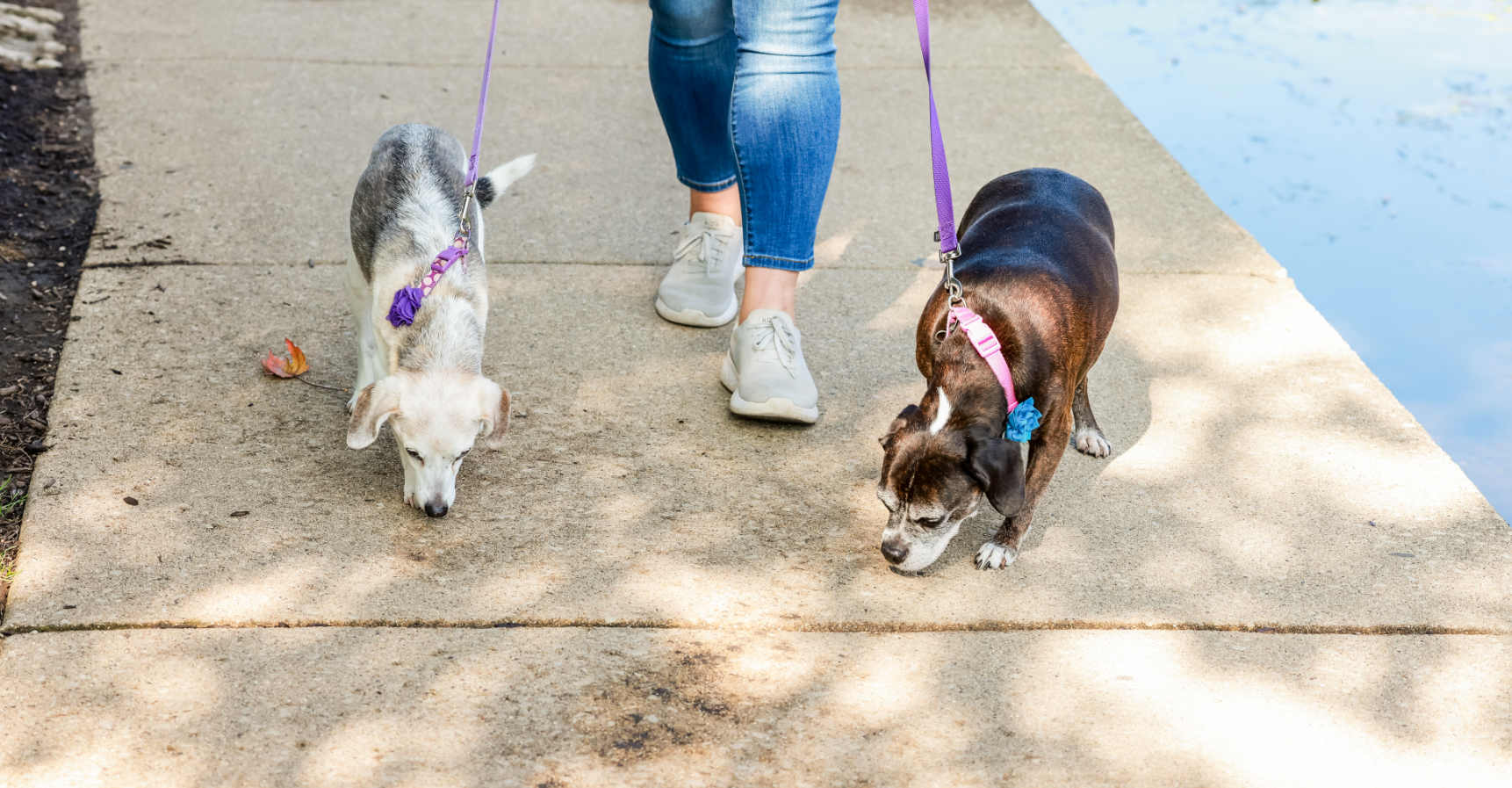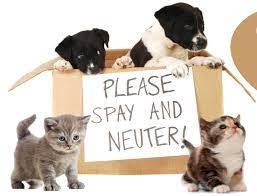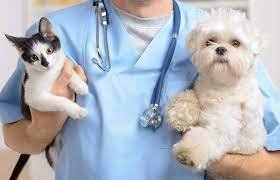
Blog
Asking For A Fur-Friend
Why Using a Dog Walker Can Be A Game-Changer for You And Your Pup
As pet parents, we all want the very best for our furry family members. But let’s be honest—between work, errands, family obligations, and the occasional need for a little self-care, it can be challenging to make sure our dogs are getting the exercise and attention they need every single day. That’s where hiring a professional dog walker can be an absolute game-changer!
As pet parents, we all want the very best for our furry family members. But let’s be honest—between work, errands, family obligations, and the occasional need for a little self-care, it can be challenging to make sure our dogs are getting the exercise and attention they need every single day. That’s where hiring a professional dog walker can be an absolute game-changer!
Benefits for Your Dog
1. Regular Exercise for a Healthier Pup
Just like humans, dogs thrive with regular physical activity. Daily walks help keep their weight in check, improve their health, and maintain strong muscles and joints. A dog who exercises consistently is also less prone to behavioral issues caused by pent-up energy.
2. Mental Stimulation and Socialization
A change of scenery, the chance to sniff new smells, and the opportunity to interact with the world all contribute to a well-rounded, happy pup. Walks aren’t just about physical exercise—they’re about mental engagement too!
3. Relief from Boredom and Anxiety
Dogs left alone for extended periods can become anxious or destructive due to boredom. A midday walk breaks up their day, reduces separation anxiety, and provides comfort (for both your dog and you) in knowing they’re not alone for too long.
Benefits for You
1. Peace of Mind
Knowing that your dog is getting the care and exercise they need while you’re at work or away from home allows you to focus on your tasks without worry. A happy, well-exercised dog is a calmer dog when you return home!
2. Improved Behavior at Home
A tired dog is a good dog! When your pup gets the right amount of exercise, they’re less likely to engage in excessive barking, chewing, or other unwanted behaviors. Instead, they’ll be more relaxed and ready to snuggle up with you at the end of the day.
3. Flexibility and Convenience
Life can be unpredictable, and sometimes you just can’t squeeze in that long afternoon walk. A professional dog walker ensures that your pup’s routine remains consistent, no matter how busy your schedule gets.
Why Choose a Professional Dog Walker?
Not all dog walks are created equal! Hiring a professional dog walker means your pup is in the hands of someone who understands dog behavior, can recognize signs of stress or discomfort, and is prepared to handle unexpected situations. Plus, it provides a great way for your dog to develop trust with new people while receiving personalized care.
At The Pet Lady, Ltd., we treat every pup like family, offering reliable, loving, and professional dog-walking services that cater to your pet’s unique needs. Whether your dog needs a quick potty break, a leisurely stroll, or an energy-burning adventure, we’re here to help!
So, give your pup the gift of movement, stimulation, and companionship—and give yourself the gift of peace of mind. Contact us today to learn more about how we can make life easier and happier for both you and your furry best friend!
Why You Should Wash Your Pet’s Bowl
As pet owners, we go to great lengths to ensure our dogs are happy and healthy, from choosing the best food to taking them on regular walks. But one often overlooked aspect of pet care is the cleanliness of their food and water bowls. Regularly washing your dog's bowls is not just a matter of hygiene—it's essential for their overall health. Especially if you have a dog like mine who is not the best at getting all the crumbs and bits at meal time. Here’s why it’s so important to make this a routine part of your pet care.
As pet owners, we go to great lengths to ensure our dogs are happy and healthy, from choosing the best food to taking them on regular walks. But one often overlooked aspect of pet care is the cleanliness of their food and water bowls. Regularly washing your dog's bowls is not just a matter of hygiene—it's essential for their overall health. Especially if you have a dog like mine who is not the best at getting all the crumbs and bits at meal time. Here’s why it’s so important to make this a routine part of your pet care.
Prevents Bacteria
Just like human dishes, your dog’s food and water bowls can harbor bacteria if not cleaned regularly. Residue from dog food, especially wet food, can quickly become a breeding ground for harmful bacteria like Salmonella and E. coli. These bacteria can lead to serious illnesses not only for your dog but also for your family if the bowls are handled without proper hygiene. Regular washing with hot, soapy water helps to eliminate these bacteria, ensuring that your dog’s meals are safe to eat.
Reduces Risk of Mold
Water bowls, in particular, can develop a slimy layer known as biofilm if left uncleaned for too long. Biofilm is a collection of bacteria and fungi that adhere to surfaces in wet environments. Over time, this slime can turn into mold, which poses significant health risks for your dog, including respiratory issues and gastrointestinal problems. To prevent biofilm and mold, it’s crucial to wash your dog’s water bowl daily and thoroughly dry it before refilling.
Supports Dental Health
Clean bowls prevent the buildup of food debris and bacteria that can lead to dental issues like plaque and tartar, contributing to better oral hygiene for your pet. Plus it can help keep your dog’s breath smelling fresher.
Avoid Attracting Pests
Food particles left in unwashed bowls can attract unwanted pests like ants, roaches, or even rodents. These pests can carry diseases and lead to additional health hazards for your dog. By regularly cleaning the bowls, you minimize the risk of attracting pests, keeping your home and your pet’s eating area safe and clean.
Supports Overall Health
Your dog’s immune system can be compromised if they are consistently exposed to bacteria, mold, or other contaminants found in dirty bowls. This can lead to recurring illnesses, digestive issues, or skin conditions. By maintaining clean food and water bowls, you support your dog’s overall health, allowing their immune system to focus on more significant challenges rather than fighting off preventable infections.
How Often Should You Wash the Bowls?
For optimal health, it’s recommended to wash your dog’s food bowl after every meal and the water bowl at least once a day. Use hot water and a pet-safe dish detergent, and make sure to rinse thoroughly to remove any soap residue. If you have multiple pets, each one should have their own set of bowls to prevent cross-contamination.
Washing your dog’s food and water bowls may seem like a small task, but it plays a vital role in maintaining their health and well-being. By incorporating this simple practice into your daily routine, you can prevent a host of potential health problems and ensure that your furry friend stays happy, healthy, and hydrated. So, next time your dog finishes a meal or drink, take a moment to wash their bowls—you’ll both be better off for it!
Ensuring we wash our furry client’s bowls is only one of the things we do at feeding times. If you or your pet is in need of a pet sitter, CLICK HERE to get started! The Pet Lady is your go-to dog walker and pet sitter in the Elmhurst, Villa Park, Lombard and Naperville, IL communities. We would love to meet your pet!
When Should You Spay or Neuter Your Dog
In the United States it is common practice to spay and neuter our dogs who are not meant for breeding. Based on the National Pet Owners survey in 2020 78% of dog-owning households have spayed or neutered their dog. Spaying and neutering has become a routine practice due to veterinarians and the animal shelter community working together to reduce the number of unwanted pets who would be euthanized.
In the United States it is common practice to spay and neuter our dogs who are not meant for breeding. Based on the National Pet Owners survey in 2020 78% of dog-owning households have spayed or neutered their dog. Spaying and neutering has become a routine practice due to veterinarians and the animal shelter community working together to reduce the number of unwanted pets who would be euthanized.
Let’s start with the basics. Typically, the spay and neuter take place when the pets are a young age, usually around 6 months. However, as we learn more about our pets and have a larger awareness of their health and safety, this young age may not be the best time for your dog. We know more now about the correlation of our pets sex horomones and their health. Research done at the University of California - Davis, reveals that for some dog breeds, spaying and neutering can cause an increased risk in certain health conditions.
What we do know is that different dog breeds and different sized dogs mature at different ages, so for some an early spay or neuter may not be bad. The wide margin of when each breed matures varies. Toy breed dogs can mature as early as 6 to 9 months while large or giant breeds may mature as late as 16-18 months. So, the large and giant breeds had a higher possibility of risk to future health conditions due to early spaying and neutering.
Like many things, spaying and neutering can have its benefits and its risks. Another reason veterinarians can settle on an early age for this procedure is that if a pet is not going to be bred, spaying a female dog before her first heat cycle has significant benefits in reducing mammary cancers and other cancers of the reproductive organs. For male dogs, the removal of testosterone can have effects on the dog that are decreased or eliminated. Behaviorally, neutered dogs can be less aggressive, less likely to roam in their never ending search for a mate and reduction of humping behavior. Recent studies have linked early spay and neuter to some health risks if done before sexual maturity. However, the two most common ones are urinary incontinence and obesity. No one is quite sure why obesity is seen more in spayed females, however, both these conditions are treatable.
There is no exact time to spay and neuter your dog as we have to take all the differences between breeds, estimated sizes and individual dogs into account. Your primary veterinarian will be able to help guide you through when a good time to spay and neuter your dog would be. If you have a purebred, your breeder can be a great resource to talk about when the best time to spay and neuter will be as well.







